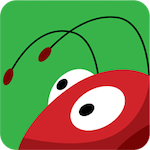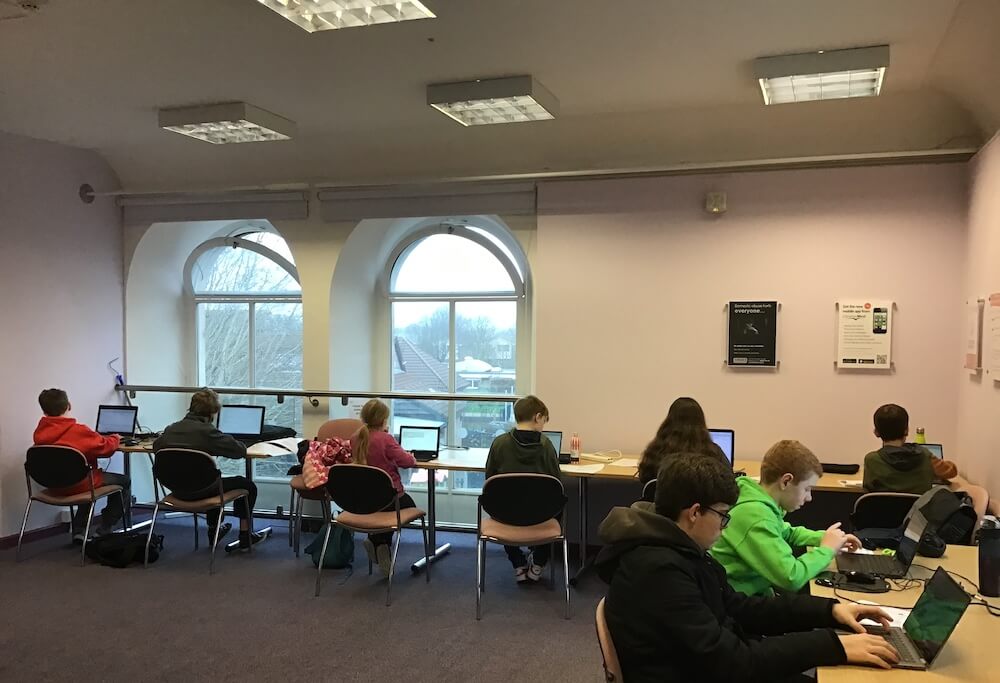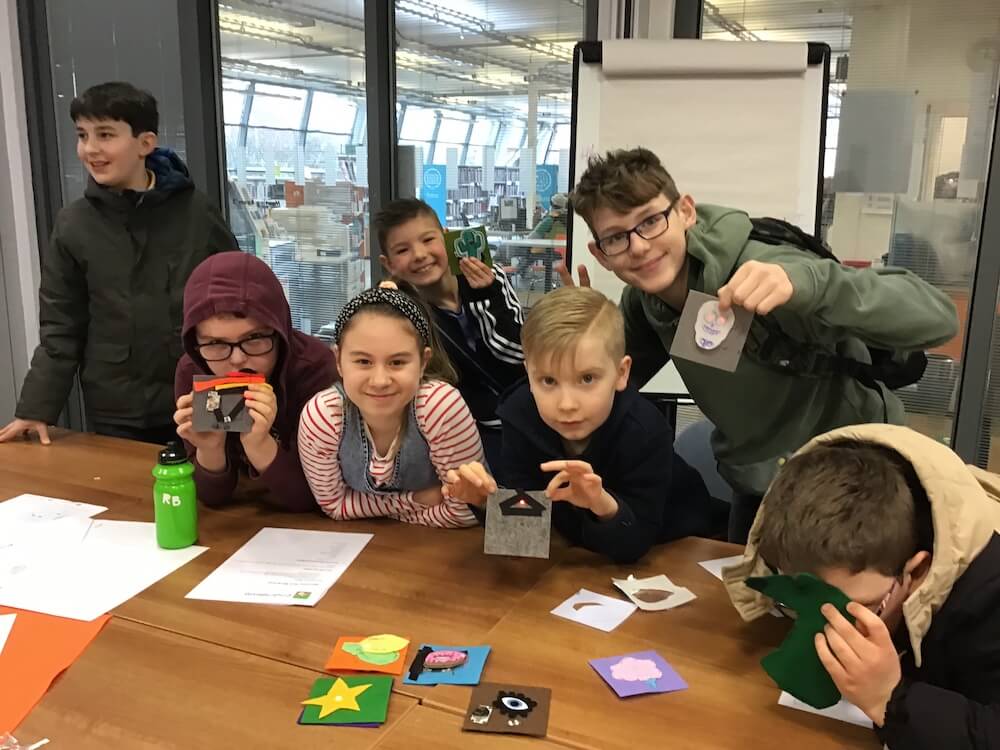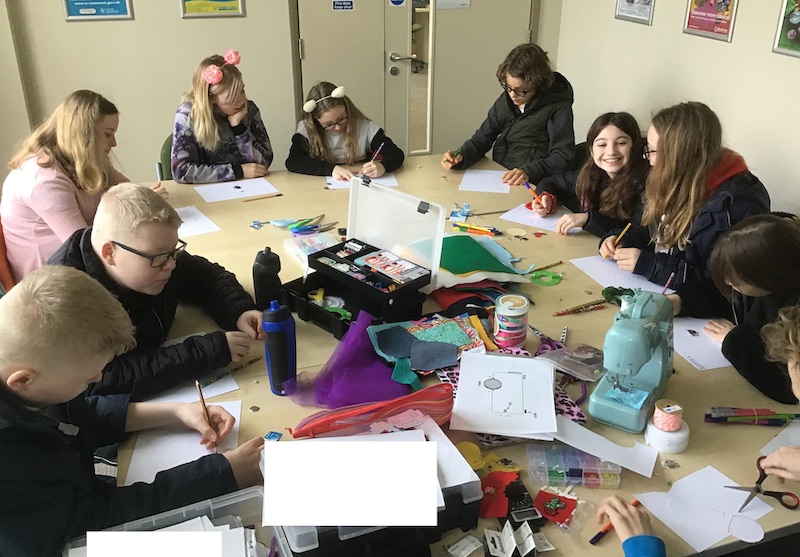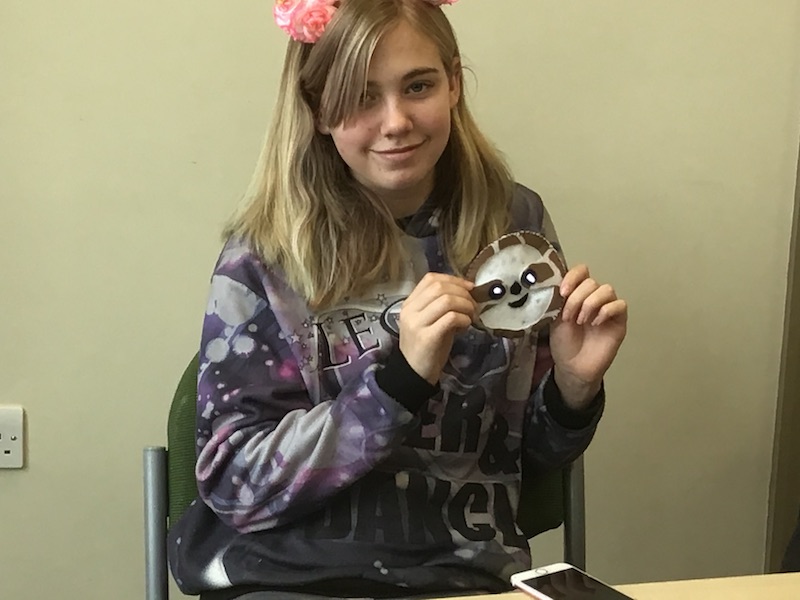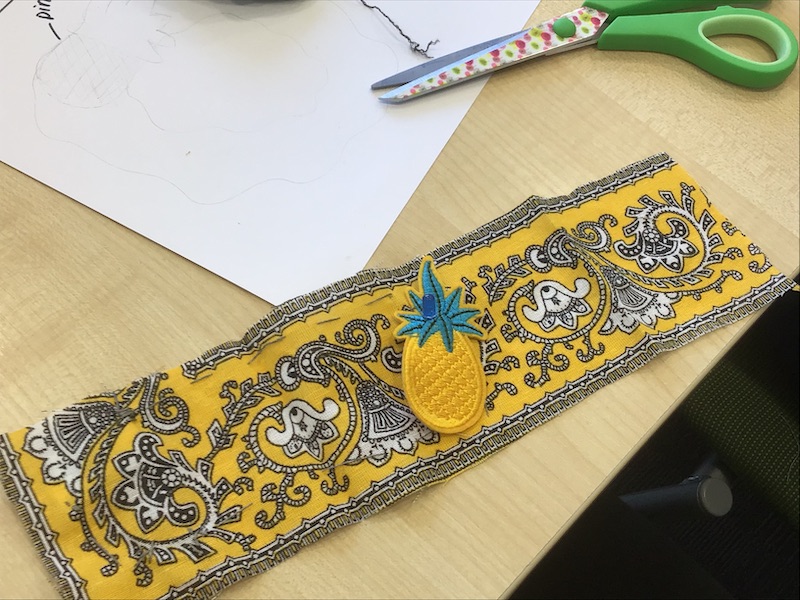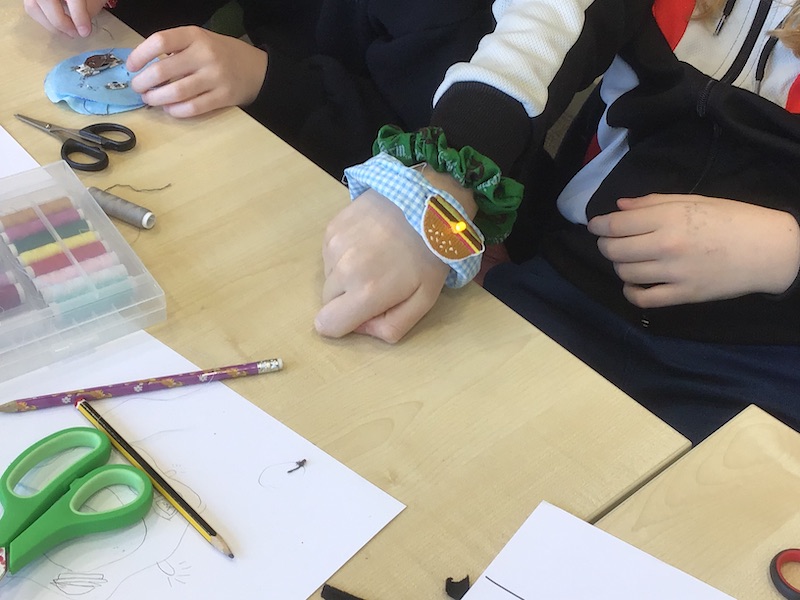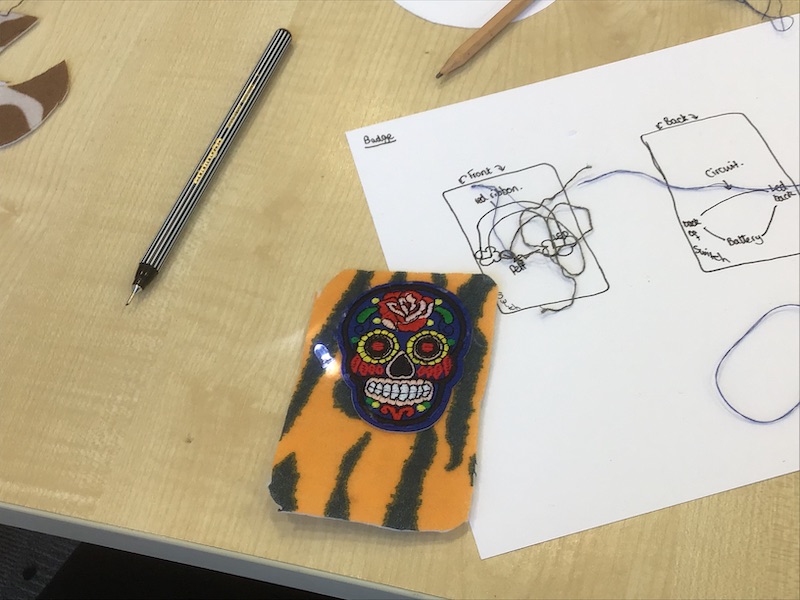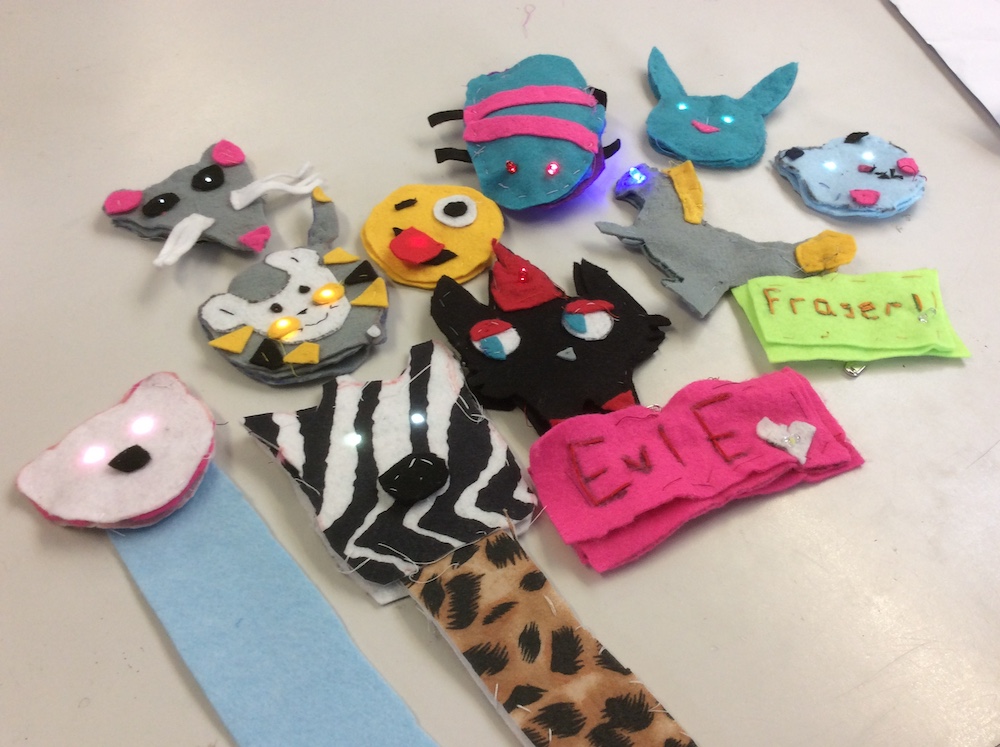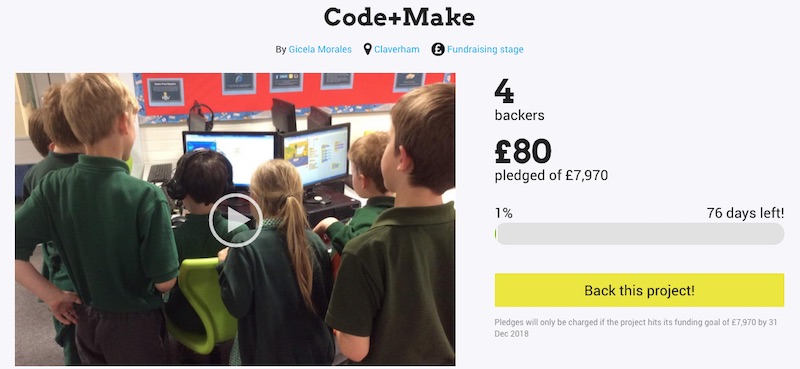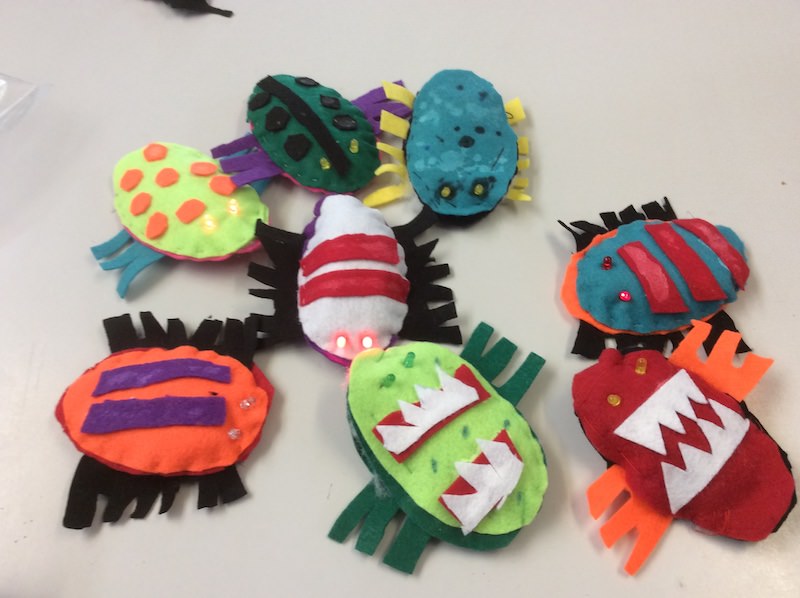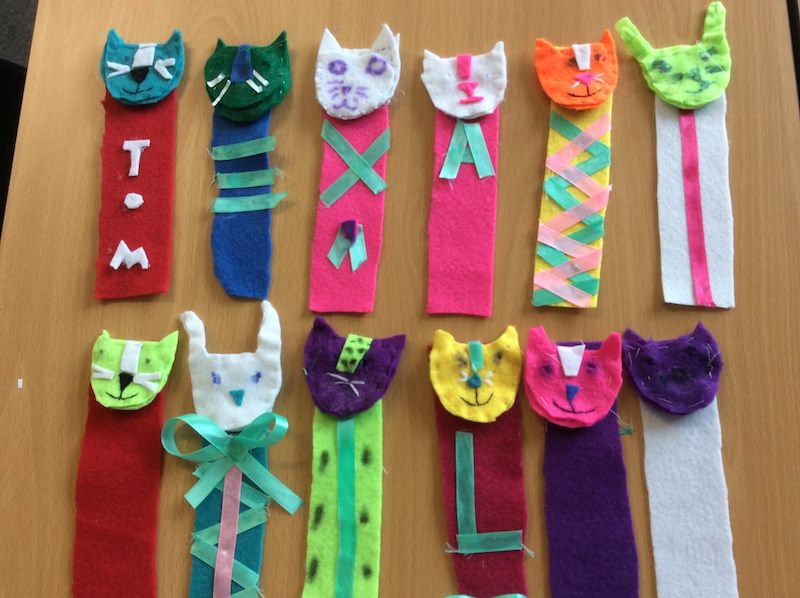We are delighted to be working with North Somerset Libraries to deliver a Learn to Code programme for children aged 8+ across five libraries in the district.
Make a Chatbot in Python workshop
The first of our workshops took place during the February half-term where the children learned to program their first chatbot in Python. The room was busy and it was heartening see see so many young teenagers rising early and giving up a whole morning to learn to code. I was also pleased to see younger members of the group weren’t daunted by the Python code editor!
One Year 9 student proudly shared with me that she has chosen to do Computer Science GCSE because she had loved coming to our coding club at Backwell Junior School. I was so chuffed to hear this and of course I wished her every success as she embarks on her CS GCSE.
Introduction to Wearable Technology Workshop
Our second workshop on Wearable Tech took place at the Campus Library in Worle. We filled every single place. Our session started with an introduction to the world of wearable tech and some demonstrations of wearable tech items. The room got noiser as the children started to make their first electronic circuits. It soon became an electronics playground as the children quickly grasped the basic concepts culminating in them all creating a wearable illuminated badge.
